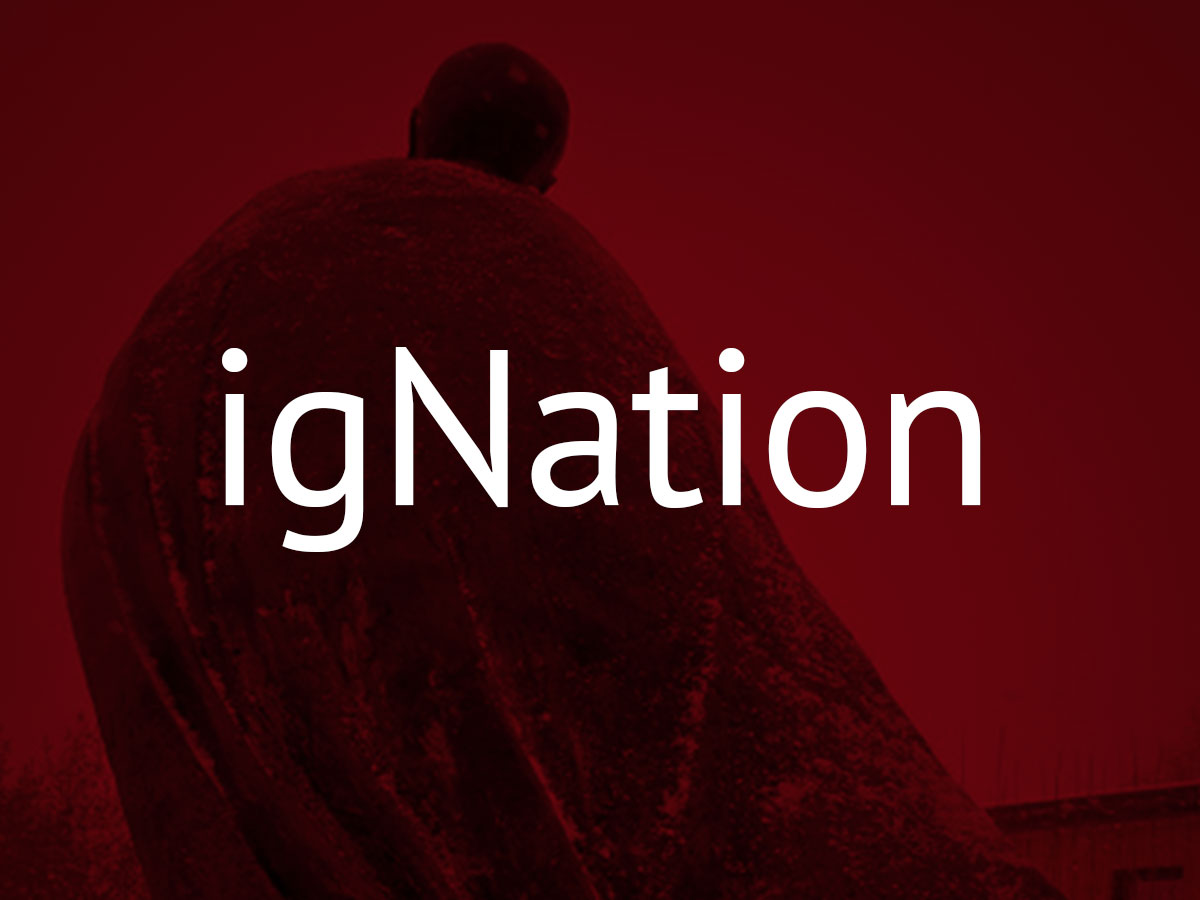Bridge of Spies

Stories are powerful vehicles of timeless truths, which is why Jesus told so many of them. The stories of our time are told primarily in movies. For the Year of Mercy, a series of film screenings will take place at Regis College, Toronto, from September 14 to October 26, curated by John D. O’Brien, S.J. They will develop the theme “Justice and mercy shall embrace”. Seven films on seven Wednesdays. For details, see Regis College Film Series
 Some of us remember the era, roughly 1950 to 1990, of the great Cold War espionage film. From John Le Carré to Tom Clancy, spy novelists saw their stories transformed into sizzling silver screen thrillers. Many of these films delved into the murky moral dilemmas in which agencies and agents found themselves embroiled. There were many shades of grey. Since the fall of the Iron Curtain, the genre has slipped away, replaced by movies dealing with more current geopolitical dramas. But Steven Spielberg revivified the type in 2015 when he released the noir-ish period piece “Bridge of Spies”, starring Tom Hanks.
Some of us remember the era, roughly 1950 to 1990, of the great Cold War espionage film. From John Le Carré to Tom Clancy, spy novelists saw their stories transformed into sizzling silver screen thrillers. Many of these films delved into the murky moral dilemmas in which agencies and agents found themselves embroiled. There were many shades of grey. Since the fall of the Iron Curtain, the genre has slipped away, replaced by movies dealing with more current geopolitical dramas. But Steven Spielberg revivified the type in 2015 when he released the noir-ish period piece “Bridge of Spies”, starring Tom Hanks.
The moral dilemma was fairly simple but compelling. The film was a success – it was nominated for six Academy Awards, and Mark Rylance won the Oscar for Best Supporting Actor – perhaps because it was less about a spy getting caught abroad, and more about the consequences of being caught in the U.S.A.
Based on the actual events that took place from 1957 to 1962, Rudolf Abel (Mark Rylance) is arrested for spying for the Soviet Union, and lawyer James Donovan (Tom Hanks) is recruited to represent him. Charged with treason, Abel faces the death penalty. Much of the drama revolves around Donovan’s belief that his client deserves a completely fair and thorough defense, even when national security interests are pressuring him to cut corners. Things get more intense when the American U2 spy plane is shot down over Russia and its pilot captured, leading to a tense international situation and the possibility of a prisoner exchange.
If the first half of the film is a nail-biting legal and ethical drama, the second half has more of a rescue mission vibe. Donovan turns from litigator to negotiator when he is tasked to go to Berlin to discuss a possible exchange. The movie is gently paced, but intensive in its interior conflicts, and convincingly recreates the rather washed out look of the world of 55 years ago.
 In a series of films on “justice and mercy”, why choose this one? Spielberg loves to make movies about a noble protagonist whose goodness is unimpeachable, even as he must survive the tests of his conflicts (Schindler’s List, Amistad, Saving Private Ryan, Lincoln). In Bridge of Spies we see how justice requires certain principles to be maintained, even when circumstances appear to permit them to be mitigated. Principles such as “innocent until proven guilty”, and the right to not “be deprived of life, liberty, or property, without due process of law”, and the right to a trial “by an impartial jury of the state”, are enshrined U.S. Bill of Rights. They are what is best about American society, and were the basis of America’s perceived righteousness in the Cold War era.
In a series of films on “justice and mercy”, why choose this one? Spielberg loves to make movies about a noble protagonist whose goodness is unimpeachable, even as he must survive the tests of his conflicts (Schindler’s List, Amistad, Saving Private Ryan, Lincoln). In Bridge of Spies we see how justice requires certain principles to be maintained, even when circumstances appear to permit them to be mitigated. Principles such as “innocent until proven guilty”, and the right to not “be deprived of life, liberty, or property, without due process of law”, and the right to a trial “by an impartial jury of the state”, are enshrined U.S. Bill of Rights. They are what is best about American society, and were the basis of America’s perceived righteousness in the Cold War era.
These principles, which are contested in this film, reflect what Catholic social teaching calls “the dignity of the human person”. While justice requires that Abel answer for his alleged crimes, it also allows him to remain a human being made in the image and likeness of God. In this way, “mercy”, represented by Donovan’s character, is embedded in justice. The two are never far apart.
The screening of “Bridge of Spies”, starring Tom Hanks, Mark Rylance and Alan Alda takes place at Regis College this Wednesday, Sept 21, at 7pm. Hand-out reflections and a short optional discussion to follow.




No Comments